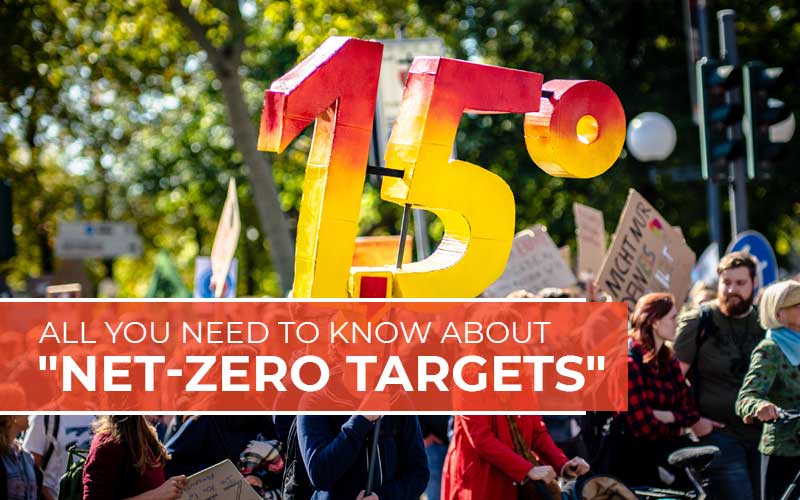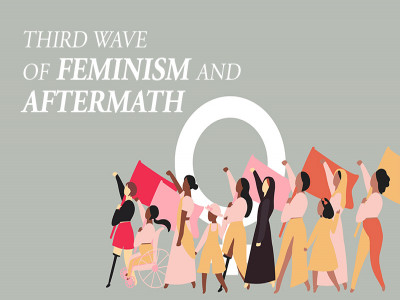
All You Need To Know About "Net-Zero Targets"
We’ve all heard the term net
zero, but what exactly does it mean? Net zero refers to the balance between the
amount of greenhouse gas produced and the amount removed from the atmosphere.
We reach net zero when the amount we add is no more than the amount taken away.
From countries and companies
to individuals, tackling climate change is at the top of the agenda; and one
way we can help to do this is by reaching net zero. The UK was the world’s
first major economy to set a legally binding target of being net zero by 2050.
Net zero is important as it’s
the best way we can tackle climate change by reducing global warming. What we
do in the next decade to limit emissions will be critical to the future, which
is why every country, sector, industry and each one of us must work together to
find ways to cut the carbon we produce. Given the impact that carbon emissions
have on our planet, one might wonder why we aren’t aiming for zero, or real
zero, rather than net zero. Real zero would mean stopping all emissions, which
isn’t realistically attainable across all sectors of our lives and industry.
Even with best efforts to reduce them, there will still be some emissions. Net
zero looks at emissions overall, allowing for the removal of any unavoidable
emissions, such as those from aviation or manufacturing. Removing greenhouse
gasses could be via nature, as trees take CO2 from the atmosphere, or through
new technology or changing industrial processes.
Evidence shows that our
planet has been getting hotter. The warmest 20 years on record have been in the
last 22 years according to the World Meteorological Organization. Global
average temperatures are now 1.2°C (2.16°F) higher than in the pre-industrial
era. A degree doesn’t sound like a lot, but the reality is that this
incremental warming already appears to be having a negative impact. What’s
more, if recent trends continue, this is set to worsen, with predictions of
global temperatures increasing by as much as 2.7°C (4.86°F) by 2100. Even with
this tiny rise in global temperatures we are feeling the effects of climate
change, with erratic weather patterns, including heatwaves, floods and severe
storms, loss of polar ice, and rising sea levels. This will only get worse if global
warming intensifies.
It’s widely recognized by
scientists and governments that climate change is being triggered by higher
levels of greenhouse gasses in the atmosphere. The most common greenhouse
gasses are water vapour, carbon dioxide (CO2) and methane. CO2 is the most
dangerous and abundant of the greenhouse gasses, which is why cutting carbon
emissions, carbon footprints or seeking low-carbon alternatives are suggested
as ways to address climate change.
The excess of greenhouse
gasses in the atmosphere is triggering harmful global warming, so reducing the
amount of these gasses should help to tackle climate change. In our upcoming
blogs, we will be exploring our role and contribution in this ongoing climate
issue in more detail. Stay tuned to The Critical Script for more updates on
matters like this.
Disclaimer: The opinions expressed in this article are those of the author's. They do not purport to reflect the opinions or views of The Critical Script or its editor.

Newsletter!!!
Subscribe to our weekly Newsletter and stay tuned.

















Related Comments